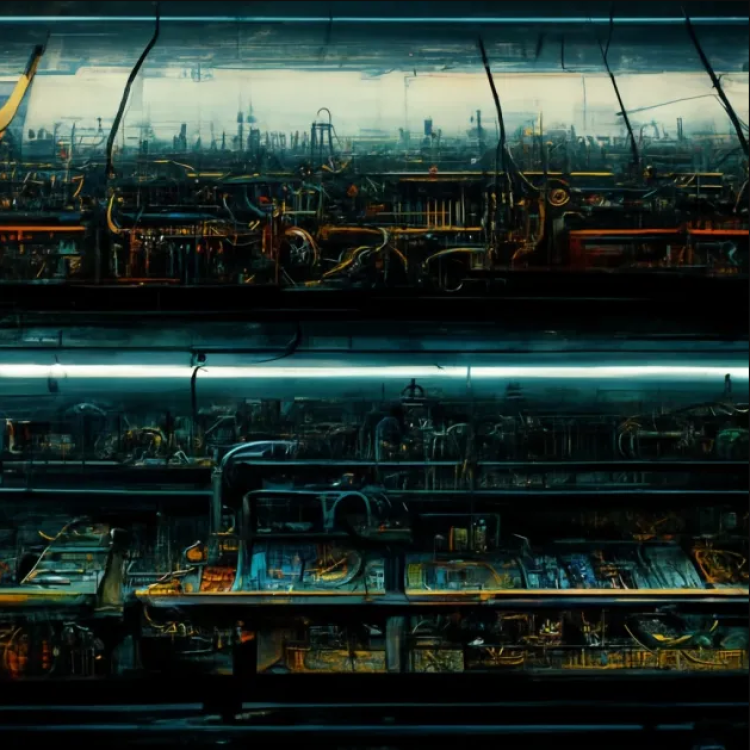Martinus Suijkerbuijk
40 min Presentation + 40 min Discussion
Moderator:
Jostein Gundersen
Olavshallen: Lille sal
In his 1986 book The Engines of Creation, the nanotechnology pioneer Eric Drexler provoked with a thought experiment: if self-replicating technology exponentially grows, it will eventually leave its total environment of resources, required for production, as one large “gray goo.” Hence, coined as the Gray Goo scenario. This presentation argues that the field of AI cultural production, or AI Art, might approach a similar scenario. In the sense that, large scale AI models — DALLE-2, Midjourney, Stable Diffusion, and so on — trained on gigantic datasets (e.g., 5.85 billion image-text pairs) produce a large combinatorial space; and, conversely, that aesthetic differentiation becomes difficult when the complex mixing of styles and content lead to derivative “goo” with saturated similarity. The presentation departs from a proper (computational) cultural/media critique, which extends beyond the popular but nevertheless necessary critique of the end of creativity, copyright infringement on dataset production, and the democratisation of art. It follows three main lines of questioning that pertain to: 1) the conflation of progress in art with that of technology, 2) the opportunity to revise strategies of the “new’ which AI (art) automation presents us with, and 3) the possibilities for artistic research and aesthetics when art history itself has become computable. More elaborately, the questions proceed as follows: If AI Art’s progress is directly proportional — or, worse, conflated with the progress of its technology — what are the consequences for the role of the artist (and engineer) in art and society? How can we design (art) strategies for the production of novelty, when we have automated (art) production, built on historical datasets, propagating the continuation of the past into the future? If art history in its totality is captured in one large vectorial space, where interpolation between distinct periods, and the fusion of styles is queryable, how can these become new tools for artistic research?
Martinus Suijkerbuijk
Martinus Suijkerbuijk’s diverse background forms the blueprint of his artistic practice. He holds a degree in Automation Engineering and Industrial Design. He’s presently a PhD candidate at KiT and expected to complete his PhD in April 2024. His work is best understood as an experimental practice that connects, translates and operates across the borders of different media, artistic genres and disciplines. He has been invited to present his research and work at art institutions (ZKM, MetaMorf 2020) as well as technology conferences (CHI 2018, Philips Trend Event).
